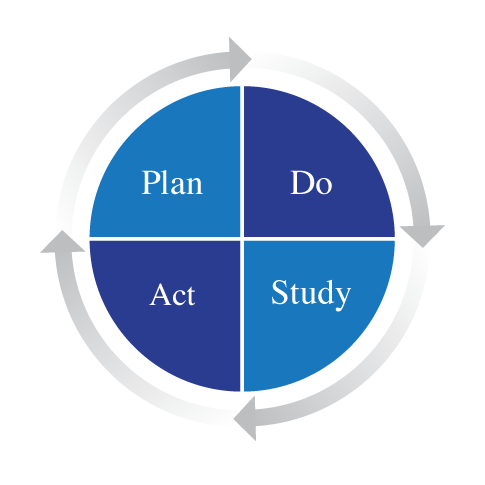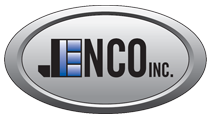Recently I attended a LEAN Construction Institute event where the Last Planner System was being taught with a Pull Session of a restroom building. I found the event to be very well done, and for me it drove home the phenomenon of how knowledge is accumulated.
Lean Effectiveness
The Last Planner System enables foremen to be engaged in the design of their work environments and to know how their actions affect others. The critical item for success comes from Pull Session.
- Pull Sessions work because it brings people with diverse and common backgrounds together to reveal the current situation and an action plan to produce a shared future that all the participant’s desire.
- Pull Planning enables people with the skills to produce the necessary actions to make up the plan. The plan is a result of the people that “do” the work, make the commitments to cooperate, and coordinate with their peers to produce the group’s desired outcome.
This becomes a powerful outcome of people performing and planning together continuously. The ability to reflect on your actions to determine if you are being effective, strategic and competitive is only possible if you make visual your intentions BEFORE you act. The Last Planner System does this, and it also allows the foremen to learn continuously.
Jenco Best Practices
We at Jenco have Adroit Operation Management (AOM) and part of this system is Short Duration Scheduling (SDS).  Our SDS practice is based on the Last Planner System but with a very important twist. Where SDS is different is all of the actual work is planned by the worker and approved by the foreman before any installation is performed. With the previously outlined Last Planner System the work is planned by the foreman and pushed down to the workers. SDS enables ALL of our employees to plan, do, study and act. But most importantly it enables the worker to own the commitment vs. being assigned the commitment. This is the cycle of learning and our SDS is the structure that causes it to happen for every part of every installation Jenco performs.
Our SDS practice is based on the Last Planner System but with a very important twist. Where SDS is different is all of the actual work is planned by the worker and approved by the foreman before any installation is performed. With the previously outlined Last Planner System the work is planned by the foreman and pushed down to the workers. SDS enables ALL of our employees to plan, do, study and act. But most importantly it enables the worker to own the commitment vs. being assigned the commitment. This is the cycle of learning and our SDS is the structure that causes it to happen for every part of every installation Jenco performs.
Peter Drucker made this observation of IBM production workers: “Instead of output norms imposed from above, each worker develops with his foreman his own rates of production. Of course, both know pretty well how much output can normally be expected…determination of output norms is left to the men themselves”
IBM made this part of their management structure in 1936. JENCO did this in 2000. SDS places the responsibility of commitments with the workers within structured conversations with their foremen. The foreman then produces commitments in Pull Sessions that are coherent with his actual workers capacities. At Jenco, the overall team performance is visualized within one business intelligence dashboard to provide transparency across all execution details.
I am looking for customers, employees and vendors who are committed to continuous learning to cause continuous improvement. Interested in having a discussion? My direct line is 480-513-1611.
